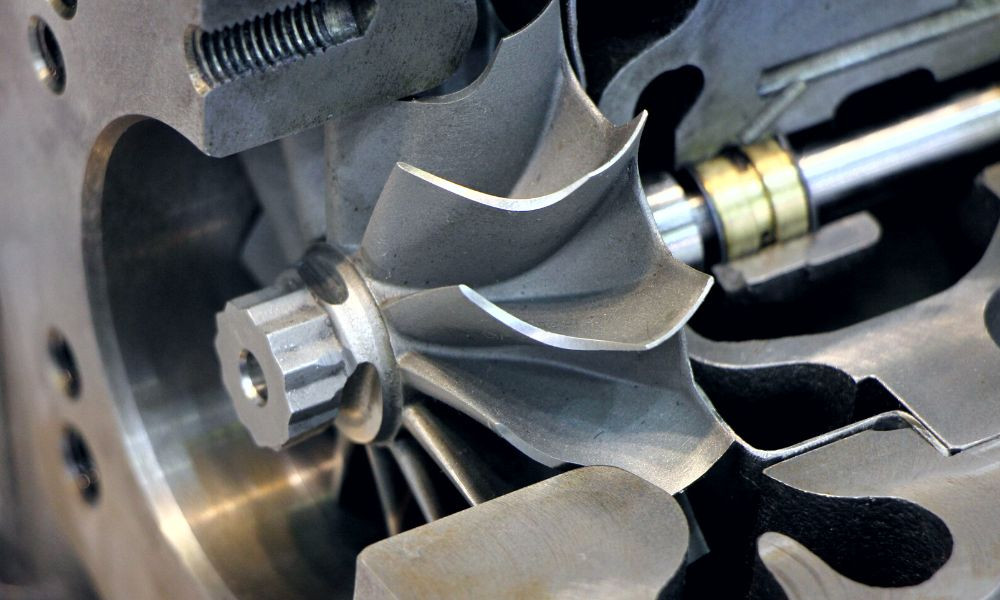VGT vs. Fixed-Vane Turbo: What’s the Difference?
Estimated 0 min read
Change is inevitable in every facet of our lives. In theory, we find better alternatives to the original as time progresses—even the wheel has drastically improved since we started rolling rocks centuries ago. That was the idea when the variable geometry turbo debuted in the mid-2000s to overtake the fixed-vane turbo. Understanding the differences between VGT and the fixed-vane turbo will help you determine the best option.
The Original Fixed-Vane
The original turbocharger is better known as a fixed-vane. Fixed-vane turbochargers are unique because they no longer exist for diesel engines, although gas-powered vehicles still have them. Among the most popular fixed-vane engines include Cummins from 1989 to 2007, the LB7 Duramax, and Ford’s 7.3 Power Stroke.
This turbo design is the simplest of its kind, consisting of the shaft connecting the turbine and compressor housing. Exhaust meanders through the turbine as the turbine wheel spins and injects fresh air into the compressor on the opposite end. We categorize turbos based on the diameter of the compressor inducer; typically, it ranges from 60 to 69mm for a slightly modified engine.
You can find the size of the turbine using the same methods, although the flow of the exhaust is more critical to the engine’s overall performance—more specifically, the A/R ratio. Generally, the greater the A/R, the more exhaust flow it can take, but the cost is less responsiveness and a longer spool up at lower RPM. In contrast, the smaller the A/R ratio, the faster the spool up will be, at the penalty of more restriction at higher RPM.
The most beneficial aspect of employing fixed-vane turbochargers is how dependable and long-lasting they are. Rarely do they have issues since there are minimal moving parts, allowing you to get 150,000 miles if you keep up with the maintenance.
The New Breed VGT
The first VGT-equipped engine came from the hands of Ford and the 6.0 Power Stroke. Duramax followed Ford’s lead with the LLY, and Dodge came in hot with the 6.7 Cummins.
A VGT’s exhaust side differs vastly from a fixed-vane turbo, while the compressor side is identical. Several teardrop-shaped vanes within the turbine housing can change the direction of the exhaust flow to either accelerate up or halt the turbine wheel.
The VGTs in Power Stroke and Duramax employ separate pivoting vanes that are actuated by a revolving unison ring. In contrast, the Cummins Holset VGT has a moving vane arrangement, in which the vanes are all single components moving along the turbo’s center axis.
A VGT seems to be the best course of action, considering it offers benefits when it functions well, but it also has drawbacks that make it unsuitable for all applications. With a VGT’s complexity, you are more likely to have hiccups with it than a fixed-vane turbo.
Which Turbo Is Better?
Like any modification or change you make on your truck, the difference between VGT and fixed-vane turbo depends on your preferences and how you use your truck. A VGT is more proficient with its broad torque and exhaust brake, but is it worth the possible pitfalls that come with it? Blessed Performance will eliminate those issues when you entrust us with 6.0 Power Stroke engine upgrades. You can drive the truck of your dreams when you modify your VGT engine with the best upgrades we offer!









